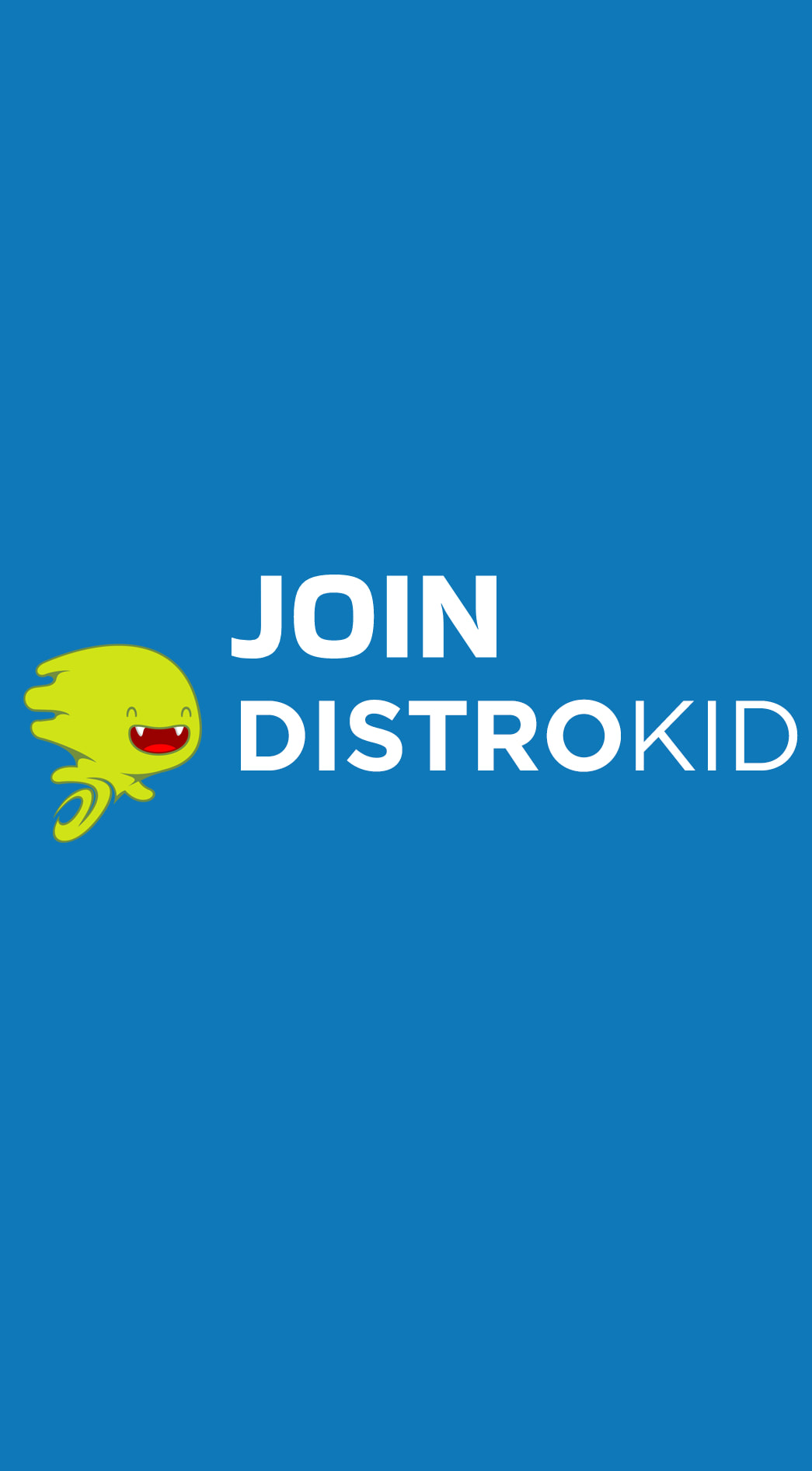|
|
LoFi BlogLoFi MusicMusic MarketingMusic PromotionSpotify Growth TipsMusic Product ReviewsHello, I'm Grizzly Beatz and I am an American LoFi Music Producer from Los Angeles Ca. When I am not producing music, or writing music related articles, I can usually be found exploring outdoors and national parks and spending time with my family.
On Sale On Sale 30 Free LoFi Beats For YouTube Videos
$1.00
$0.00
30 Free LoFi Beats
These beats are available for you to use as background/intro/outro music on YouTube for up to 100,000 views but MUST give credit for the composition where possible "Prod. Grizzly Beatz - https://www.grizzlybeatz.com". If your video is flagged by Content ID simply dispute and make sure credit is given in the video description. After we validate proper credit given the claim will be lifted. Purchase a lease to distribute your music on platforms like Spotify or Apple Music. Use Coupon Code "GRIZZLY10" at checkout for 10% off all license! License can be purchased at https://www.grizzlybeatz.com On Sale On Sale LoFi/Chillhop Music Blog Post
$40.00
$20.00
Are you a LoFi music producer with high quality music looking for some music promotion and exposure? Submit your Spotify song or album to be promoted on our LoFi Hip Hop Blog. This is only for instrumentals, no vocals, and in the following genres: LoFi Hip Hop, Jazzhop, Chillhop. NO TRAP, NO R&B, NO POP, NO ROCK, NO COUNTRY Delivery: 3-5 days (sometimes sooner) Promoting your music via blogs is a great way to increase streams, followers and overall exposure to your Spotify. Having embeds on music blogs also sends positive signals to the Spotify Algorithms. Popular PostsWhat is lofi Music
Selling Beats Online 2023 Akai MPC One Plus Review SP-404 MK2 Review How To Make Money From LoFi Music Best Studio Monitors Under $500 How The Spotify Algorithm Works 10 Ways To Increase Spotify Streams Why Distrokid Is The Best Categories
All
Archives
April 2024
|
sitemap privacy policy terms of use affiliate disclosure spotify royalties calculator return policy create your own website
email: [email protected]
Mailing Address
590 CO-105, STE 289
Monument, CO 80132
email: [email protected]
Mailing Address
590 CO-105, STE 289
Monument, CO 80132

 RSS Feed
RSS Feed
